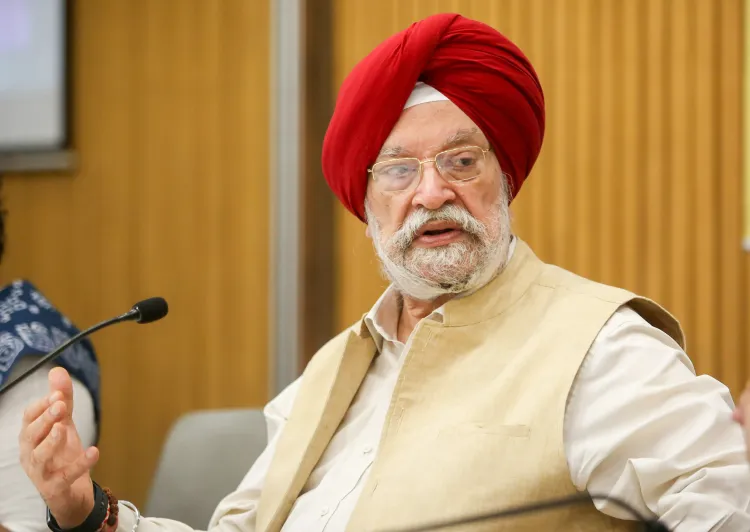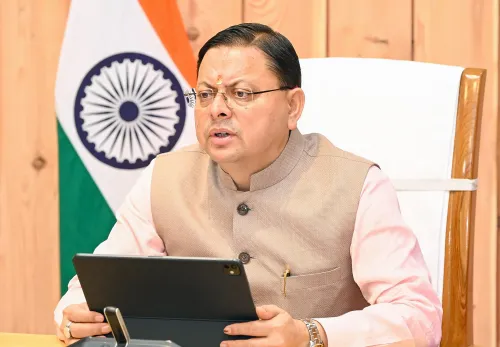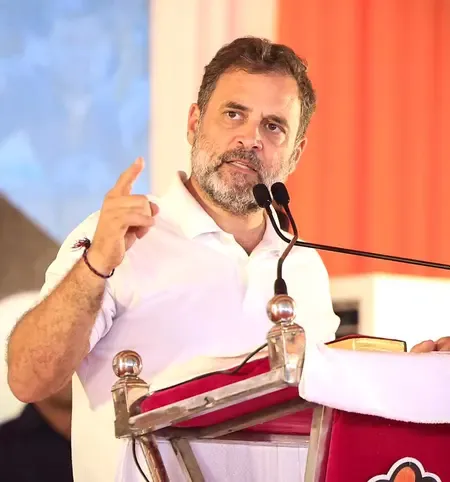What Did Hardeep Puri Discuss with BP CEO Amid India's Energy Security Focus?

Synopsis
Key Takeaways
- Hardeep Singh Puri engaged with BP CEO to discuss energy strategies.
- India is focusing on green hydrogen as a key element of its energy future.
- Collaborations with BP are vital for rejuvenating India's energy landscape.
- India's oil demand is projected to rise significantly by 2050.
- India aims for a substantial share in the global energy market by 2050.
New Delhi, Oct 9 (NationPress) The Minister of Petroleum and Natural Gas, Hardeep Singh Puri, expressed on Thursday that he had a remarkable meeting with BP CEO Murray Auchincloss, who is part of the delegation alongside UK Prime Minister Keir Starmer during his two-day visit to India.
Starmer is leading a group of over 100 British business, academic, and cultural leaders on this inaugural official trip to India, following the recent signing of a free trade agreement (FTA) between the two nations.
“I had a remarkable online discussion with CEO of BP, Murray Auchincloss, and BP India head Kartik Dubey. Murray is currently in Mumbai as part of the business delegation accompanying the British Prime Minister,” stated Puri.
BP has a rich history of engagement in India throughout the entire energy value chain and is currently exploring blocks under OALP Round-10, the minister noted in a post on X.
Indian public sector undertakings have collaborated with BP to rejuvenate the Mumbai High field and are working together in areas such as retail, natural gas, and compressed biogas—all critical elements of India’s drive toward energy security under the guidance of PM Narendra Modi, as highlighted by the minister.
In September of last year, Auchincloss took the company’s entire board on a visit to India. According to BP’s most recent 'Energy Outlook,' India's oil demand is projected to increase more than any other nation through 2050, driven by its rapidly growing economy.
Significantly, India is expected to represent over 12 percent of the global energy market by 2050, up from 7 percent.
Furthermore, Puri declared that India’s Hydrogen Age has commenced, targeting the production of 5 million metric tonnes of green hydrogen by 2030, which will comprise a 10 percent share of the global market.
He mentioned that the cost of green hydrogen is anticipated to decrease to under $3 per kg from the current $3.5 per kg.
If prices decline, India could embrace green hydrogen on a much larger scale, thereby reducing its reliance on imports. Under the leadership of Prime Minister Modi, Bharat is establishing a trusted hydrogen hub that fosters growth, exports, and a cleaner future, emphasized the minister.









